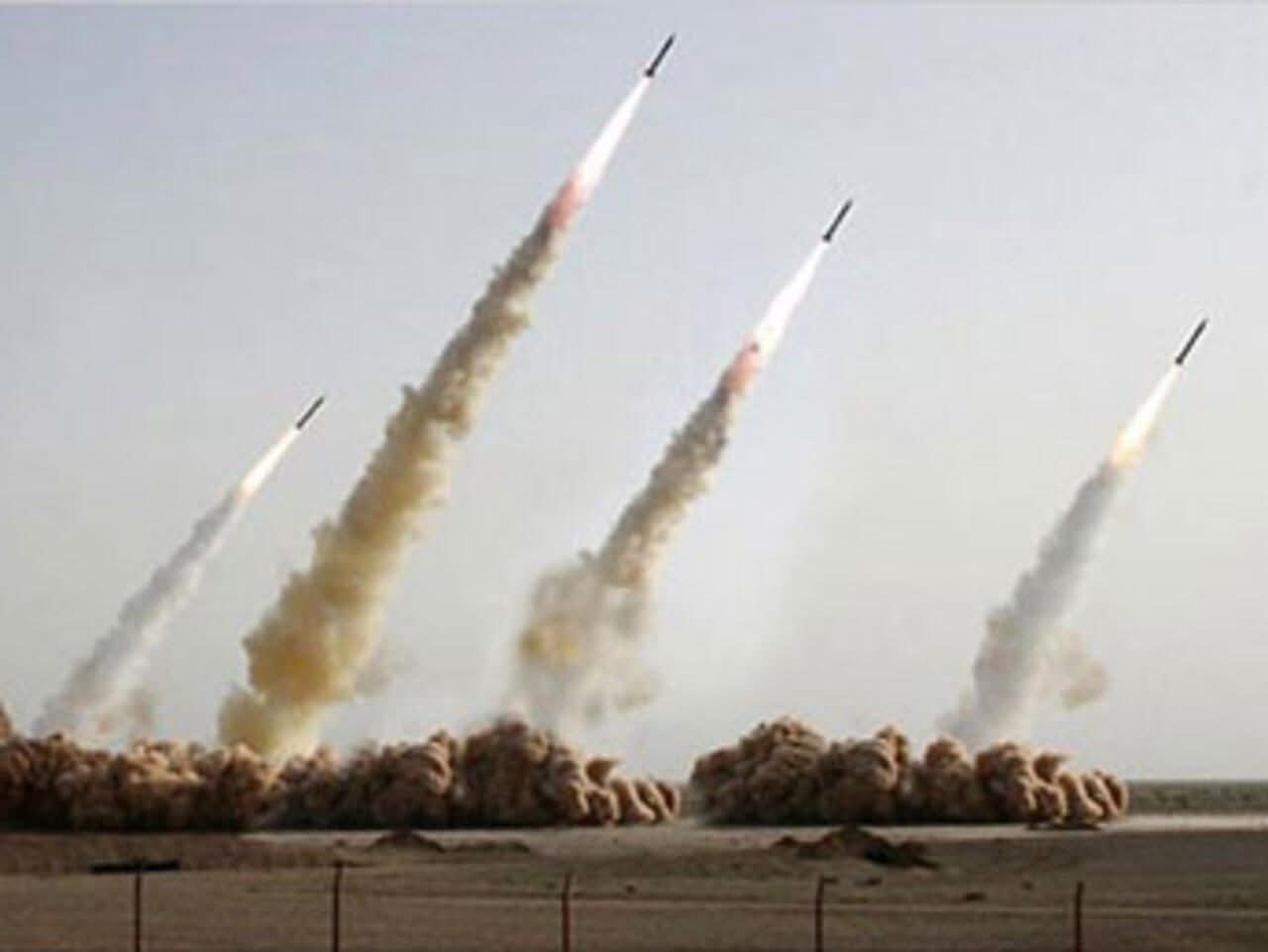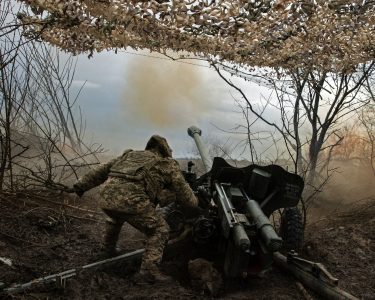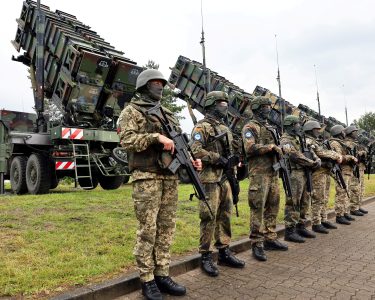Iran strikes on US bases in Qatar and Iraq
Missile strikes seen as symbolic response to the bombings of Iran’s nuclear sites
Summary
- Iran fired up to 14 missiles at U.S. bases in Qatar and Iraq, calling the attack a proportional retaliation
- Qatar intercepted all missiles and condemned the strike as a violation of its sovereignty
- The attack, coordinated in advance, was intended to signal strength while avoiding escalation
Tehran/Washington D.C. — Iran launched a series of missile attacks on U.S. military bases in Qatar and Iraq on June 23, 2025, in what it described as a retaliatory response to American airstrikes on Iranian nuclear facilities the previous day.
The strikes, dubbed “Blessings of Victory” or “Annunciation of Victory” by Iranian state media, were aimed primarily at Al Udeid Air Base in Qatar and Ain al-Asad in Iraq.
Iran reportedly fired between 6 and 14 missiles, with most targeting Al Udeid, America’s largest military installation in the Middle East, and at least one aimed at Ain al-Asad.
The Islamic Revolutionary Guard Corps (IRGC) said the number of missiles matched the number of U.S. bombs dropped during the airstrikes on Iranian nuclear sites, framing it as a proportional and deliberate response.
Qatari air defenses successfully intercepted all incoming projectiles, with no casualties or damage reported. Nevertheless, Qatar condemned the attack as a breach of its sovereignty and called for regional stability, temporarily shutting its airspace. Bahrain, Kuwait, Iraq, and the United Arab Emirates followed suit with similar closures.
While the strike on Ain al-Asad has not been officially claimed by Iran, regional observers suspect either Iran or its aligned militias were responsible. There were no immediate reports of casualties or infrastructure damage at the Iraqi base. Meanwhile, U.S. forces in Syria were placed on high alert amid fears of further Iranian reprisals.
Iran appeared to have coordinated the attack in advance with Qatari authorities, similar to its 2020 response to the U.S. killing of top general Qassem Soleimani. This coordination, analysts say, was aimed at minimizing casualties and preserving diplomatic ties, underscoring the symbolic nature of the operation.
President Trump monitored the situation with defense officials in the White House Situation Room and later warned that any further Iranian aggression would be met with a “forceful response.” U.S. officials described the Iranian action as largely performative, noting the absence of any serious impact on American assets or personnel.
The attack reverberated across the region, with explosions heard in Doha and air raid sirens triggered in Israel and Bahrain. Oil markets reacted sharply, posting a selloff amid fears of broader conflict. In a related development, Israeli jets reportedly struck sites in Tehran, raising concerns of a dangerous escalation.
Iran’s Supreme National Security Council characterized the missile barrage as measured and carefully calibrated to avoid civilian harm, aiming to uphold national dignity without triggering full-scale war. Despite state media describing the operation as “devastating and powerful,” Western sources indicated its limited effectiveness.
The strike represents Iran’s second-largest direct military action against U.S. targets in the region since the 2020 response to Soleimani’s assassination, highlighting both the intensity of current tensions and the delicate balancing act by all parties to avoid outright war.







